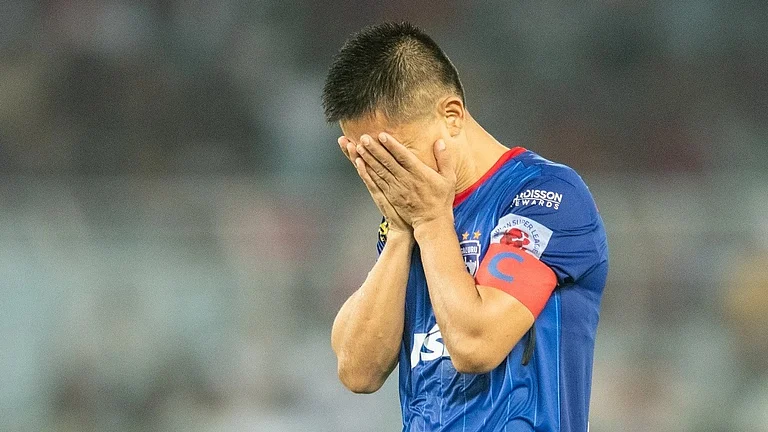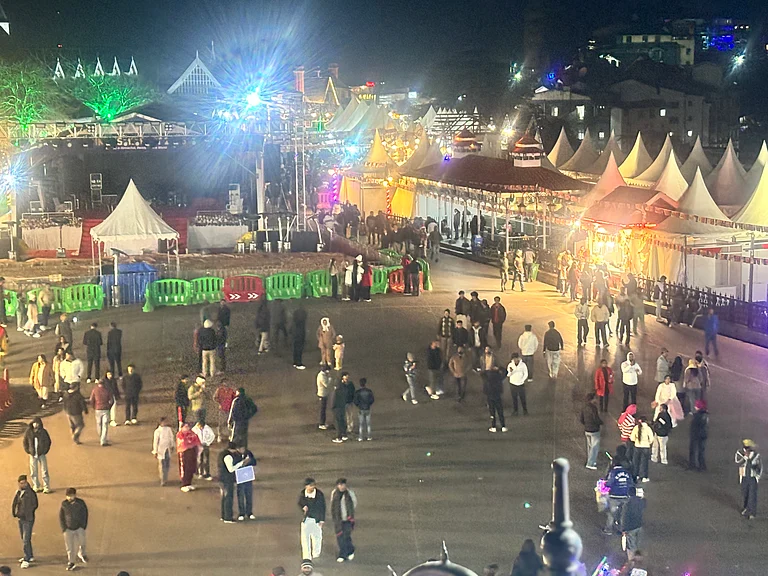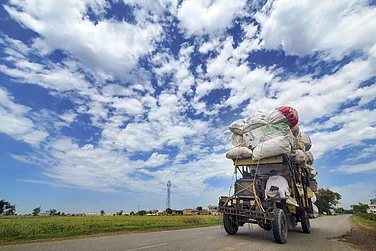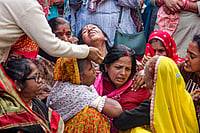In the aftermath of one of the deadliest train accidents in recent history in India, Odisha is facing a morgue crunch due to a large number of unclaimed dead bodies from Balasore's triple train accident that have piled up at its mortuaries. School premises had been converted into makeshift spaces as hospitals struggle for beds to house the victims of the accident earlier this week.
Now, with morgues in Balasore unable to cope with the large numbers, the Odisha government has shifted at least 187 bodies to the state capital of Bhubaneswar. Here too, morgues are struggling to keep up with the numbers.
Three trains— Shalimar-Chennai Coromandel Express, Bengaluru-Howrah super fast and a goods train — were involved in a horrifying accident around 7 PM on Friday which is now being described as one of India’s worst train accidents. The Coromandel Express crashed into a stationary goods train, derailing most of its coaches, while a few coaches also toppled over the coaches of the Bengaluru-Howrah Express passing by at the same time.
Speaking to Hindustan Times, Dr Mrutunjay Mishra, Additional District Medical Officer (ADMO), Balasore district headquarters hospital said that in the many decades of his profession, he had not seen chaos like the one he witnessed after Friday’s train accident. “Almost all together, 251 accident victims were rushed to our hospital, and to be honest, we were not prepared. But our staff worked through the night and provided medical aid to all,” he was quoted as saying.
As many as 110 bodies were shifted to the AIIMS Bhubaneswar, while the remaining have been sent to Capital Hospital, Amri Hospital, Sum Hospital and some other private facilities. Odisha Chief Secretary P K Jena said the bodies were brought to Bhubaneswar in 85 ambulances on Saturday and another 17 bodies reached here on Sunday.
The incident raises a pertinent question about whether India's health infrastructure – which somehow survived the long Covid-induced pandemic – is capable of accommodating sudden fatal injuries.
"It is a real challenge for us too, to preserve the bodies here as we have a facility to keep a maximum of 40 bodies," an official of AIIMS Bhubaneswar told PTI, adding that additional arrangements were made at the Anatomy department.
Two-fold Challenge
A large number of the corpses remain unidentified as a new challenge came up – one of rigor mortis and decomposition of the bodies under the summer sun.
The temperatures in Balasore are upwards of 30 degree-celsius, making it difficult to preserve the bodies with limited freezing facilities. Many of the families of victims are coming from far away places - even different states - which is taking longer to identify the bodies, district official Nirlipta Mohanty said, according to a BBC report.
Authorities at AIIMS procure coffins, ice and formalin chemicals to preserve them till their family and close ones identify them. "It is really difficult to keep bodies in this hot summer weather condition," an official told PTI.
"All bodies have been accommodated in cold storage arrangements," Odisha's Health and Family Welfare secretary Shalini Pandit told PTI.
Admitting that identification was a major challenge for the administration as the victims hailed from different states, the chief secretary said the state government has uploaded the details of the passengers on three websites of the Special Relief Commissioner (SRC), Bhubaneswar Municipal Corporation (BMC) and Odisha State Disaster Management Authority (OSDMA).
The chief secretary said that the lists and photographs of deceased passengers are also uploaded on the websites but only to facilitate identification as the images posted are too disturbing.
Among the pile of bodies, many missed an arm or a leg or two. One of the doctors told PTI, "The bodies are mutilated ... I came across just one head of a human being and no other body parts to go with it."
"Nobody can or should reproduce or publish or in any way the images without the prior written approval of the Special Relief Commissioner, Odisha)", a senior official asserted.
A control room has been set up in the office of the Bhubaneswar Municipal Commissioner's office. People can get information about the bodies and help in their identification by contacting this office.


























